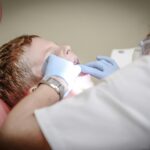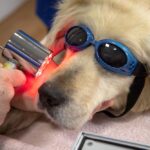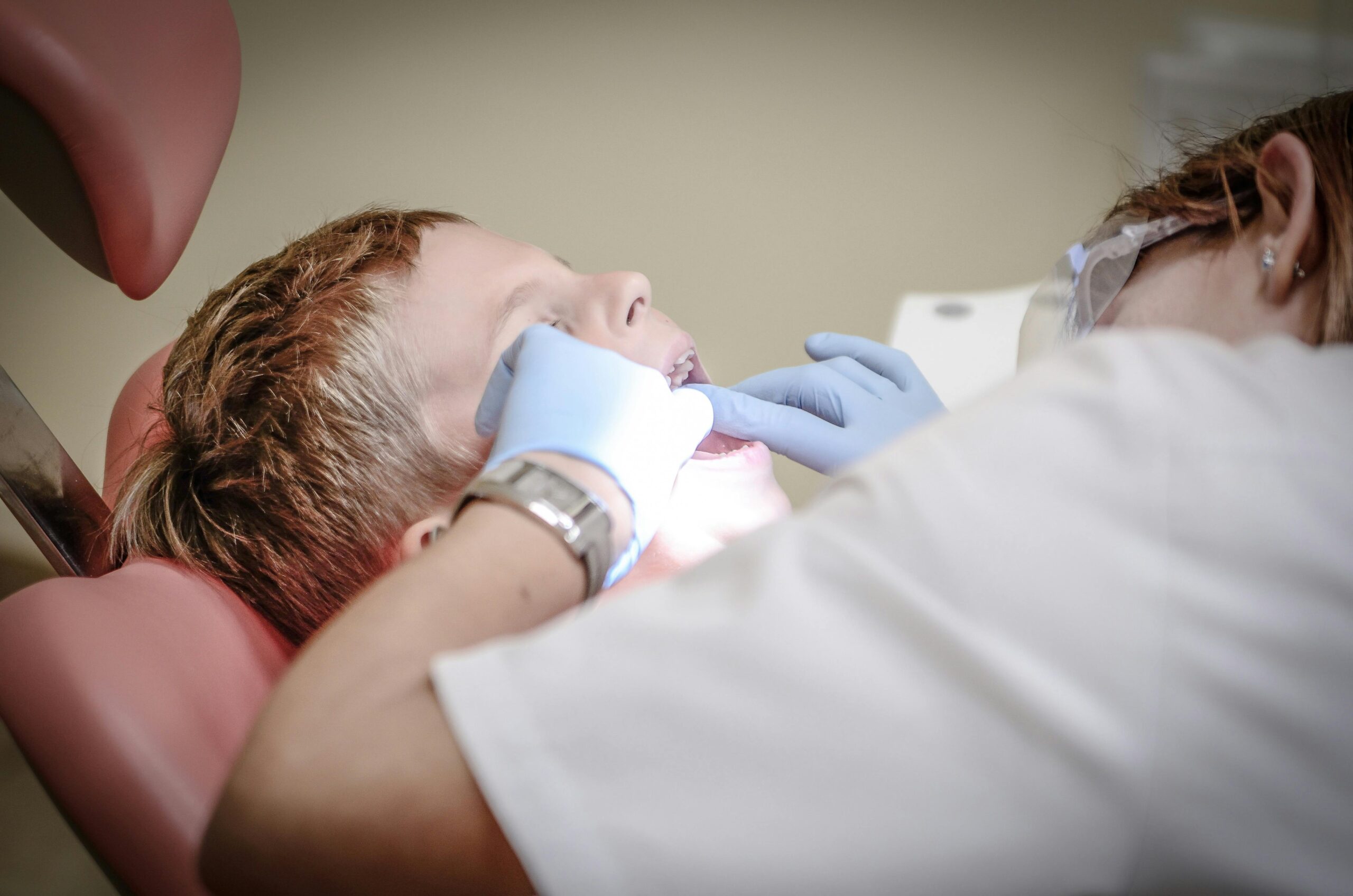Teething is an exciting milestone in your baby’s development, but it often comes with certain challenges. One of the most common issues parents notice during this stage is teething rash—a skin irritation that appears on and around the mouth, cheeks, chin, and sometimes the neck or chest. While teething rash is usually harmless, it can cause discomfort and concern for parents. Understanding its causes, symptoms, and treatment can help you care for your little one more confidently.
What Is a Teething Rash?
A teething rash is a type of skin irritation or redness that appears when a baby is cutting teeth. It typically shows up on areas where drool frequently touches the skin, such as:
- Chin and cheeks
- Neck folds
- Upper chest area
This rash is not contagious or dangerous, but because your baby’s skin is sensitive, constant moisture and friction can make it red and sore.
Causes of Teething Rash
The main culprit behind teething rash is excessive drooling during teething. Here’s why it happens:
- Increased Saliva Production: As teeth begin to push through the gums, the salivary glands go into overdrive.
- Constant Wet Skin: Drool often collects around the mouth and drips onto the neck and chest.
- Skin Sensitivity: A baby’s skin is delicate. Prolonged exposure to moisture, combined with rubbing against clothes or bibs, leads to irritation.
- Food Particles and Bacteria: Sometimes food, milk, or bacteria in saliva can worsen the irritation.
Common Symptoms of Teething Rash
Look out for these signs on your baby’s skin during teething:
✅ Redness or irritation on the chin, cheeks, or neck
✅ Tiny bumps or patches of rough skin
✅ Dry, chapped skin in drool-prone areas
✅ Slight swelling or warmth in irritated regions
✅ Baby scratching or rubbing the area due to discomfort
It’s important to differentiate teething rash from other skin conditions like eczema or an allergic reaction. If the rash spreads widely, oozes, or shows signs of infection (such as yellow crusts), consult your pediatrician.
Treatment and Care for Teething Rash
The good news is that teething rash is easily managed at home with gentle care. Here’s what you can do:
1. Keep the Skin Dry
- Gently wipe your baby’s mouth and chin with a soft cloth throughout the day.
- Pat dry instead of rubbing to avoid further irritation.
2. Use Protective Barriers
- Apply a thin layer of baby-safe barrier cream or petroleum jelly to shield the skin from saliva.
- Look for creams with zinc oxide or lanolin, as these soothe and protect delicate skin.
3. Change Bibs and Clothing Often
- Use soft, absorbent bibs to catch drool and change them frequently.
- Avoid synthetic fabrics; opt for breathable cotton to reduce friction.
4. Moisturize
- Apply a gentle, fragrance-free moisturizer to keep the skin hydrated.
- Use products designed for babies to avoid harsh chemicals.
5. Maintain Oral Comfort
- Offer teething toys or chilled (not frozen) teething rings to soothe gums and reduce drooling.
- Always supervise teething toys for safety.
When to See a Doctor
While teething rash is usually harmless, seek medical advice if you notice:
- Spreading rash beyond drool areas
- Pus, yellow crusting, or signs of infection
- Fever or unusual fussiness
- Rash not improving despite home care
Final Thoughts
Teething is a temporary phase, and so is the rash that often comes with it. By keeping your baby’s skin clean, dry, and protected, you can minimize irritation and keep them comfortable. If in doubt, don’t hesitate to reach out to your pediatrician for guidance.
Teething might be tricky, but with a little extra care, you and your baby can get through this milestone smoothly!












